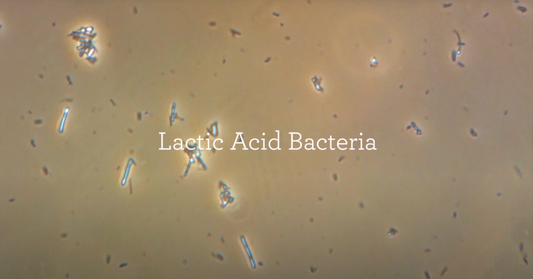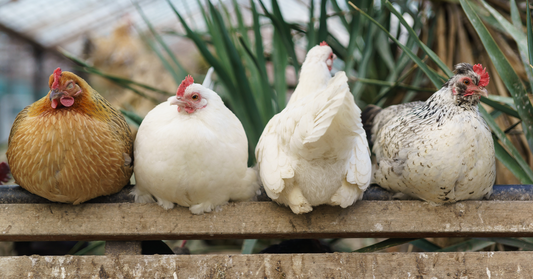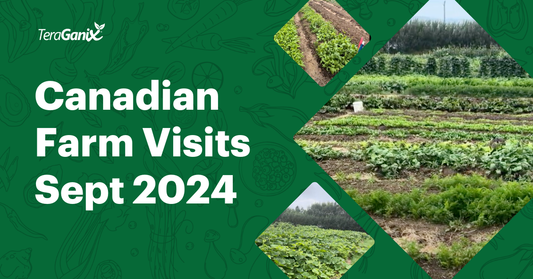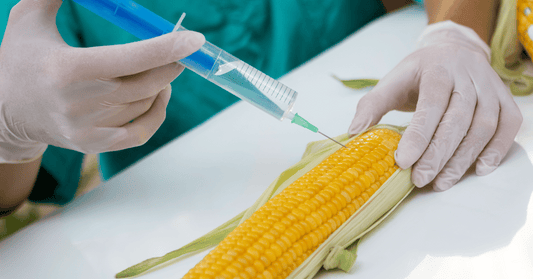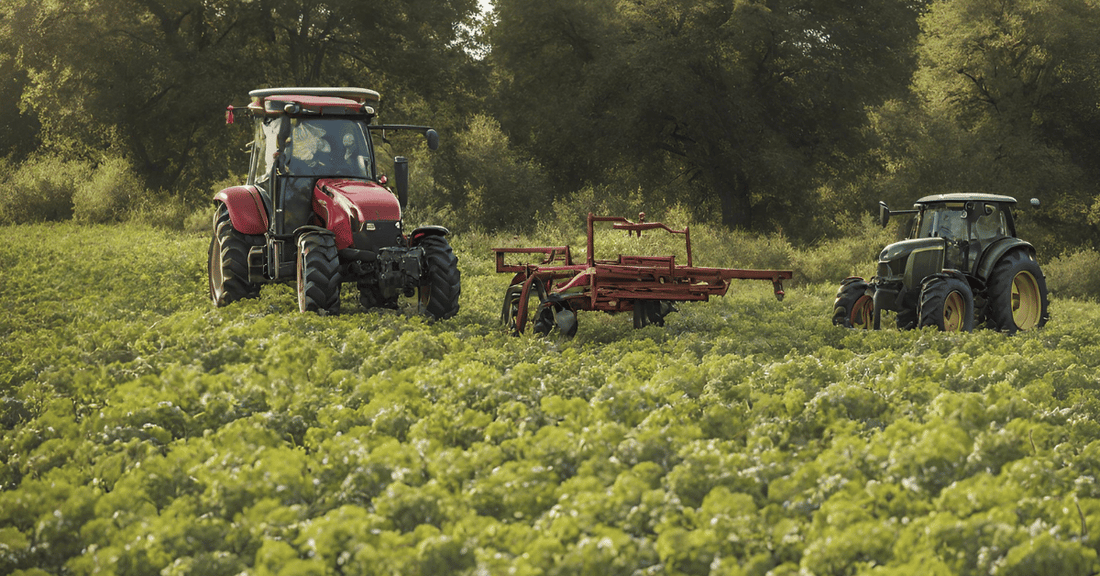
The EM-1 Advantage: Elevating Regenerative Farming Above Sustainability
As the global population continues to surge, agriculture faces a critical challenge – how to feed a growing world while preserving the environment. Sustainable agriculture has long been championed as a solution to mitigate the harmful impacts of conventional farming. However, there's an even more promising approach gaining traction – regenerative farming. In this article, we will delve into the reasons why regenerative farming surpasses sustainable solutions, and how incorporating products like EM-1 can amplify its benefits.
I. The Limitations of Sustainable Agriculture
Sustainable agriculture, in its essence, aims to minimize the ecological footprint of farming practices. While it is an essential step towards environmental stewardship, it has its limitations:
-
Maintenance vs. Regeneration:
- Sustainable agriculture often focuses on maintaining existing systems. Regenerative farming, on the other hand, seeks to restore and regenerate the land, improving it over time.
-
Soil Health:
- Sustainable agriculture may maintain current soil conditions, but regenerative farming actively works to enhance soil health, fertility, and structure.
-
Biodiversity:
- Sustainable practices can reduce harm to ecosystems, but regenerative farming actively encourages biodiversity and habitat restoration.
II. The Principles of Regenerative Farming
Regenerative farming is a holistic approach that incorporates a range of principles:
-
No-Till Farming:
- Unlike traditional farming, which involves tilling the soil, regenerative farming practices minimal or no-till agriculture. This preserves soil structure and reduces erosion.
-
Cover Cropping:
- The use of cover crops not only prevents soil erosion but also adds organic matter, enhances soil microbial life, and sequesters carbon.
-
Crop Rotation:
- Diverse crop rotations prevent the build-up of pests and diseases while improving soil health and fertility.
-
Animal Integration:
- Incorporating livestock into the farming system provides natural fertilizers and promotes a closed-loop nutrient cycle.
-
Composting and Organic Matter:
- Regular composting and the addition of organic matter enrich soil, improving its water-holding capacity and nutrient content.
III. EM-1: A Key Component of Regenerative Farming
EM-1 (Effective Microorganisms) is a microbial inoculant that can significantly enhance the principles of regenerative farming:
-
Soil Microbial Activity:
- EM-1 consists of beneficial microorganisms that enhance soil microbial diversity and activity, improving nutrient availability for plants.
-
Organic Matter Breakdown:
- EM-1 accelerates the decomposition of organic matter in the soil, increasing nutrient cycling and promoting healthier soils.
-
Disease Suppression:
- These microorganisms can outcompete pathogenic microbes, reducing the need for chemical pesticides.
-
Odor Control:
- EM-1 helps manage farm odors, making it more neighbor-friendly when animals are integrated into the system.
-
Fermentation:
- EM-1 can be used in fermentation processes, turning crop residues and waste into valuable resources like organic fertilizers.
IV. Regenerative Farming Benefits
Now that we've explored the principles of regenerative farming and how EM-1 fits into the equation, let's dive into the substantial benefits this approach offers:
-
Enhanced Soil Health:
- Regenerative farming, with the aid of EM-1, rejuvenates soil, making it more fertile, resilient, and capable of sequestering carbon.
-
Increased Biodiversity:
- By encouraging natural habitats and diverse crop rotations, regenerative farming supports a wider array of plant and animal species.
-
Water Efficiency:
- Improved soil structure and water-holding capacity reduce the need for irrigation and enhance the farm's resilience to drought.
-
Lower Input Costs:
- Reduced reliance on chemical fertilizers, pesticides, and herbicides lowers operational expenses for farmers.
-
Carbon Sequestration:
- Regenerative farming, especially when combined with no-till practices, can sequester carbon in the soil, mitigating climate change.
-
Healthier Food:
- Regenerative practices often yield crops with higher nutrient density and fewer chemical residues, offering consumers healthier food options.
-
Community Engagement:
- Regenerative farming can strengthen local communities by creating jobs and supporting sustainable, local food systems.
V. Case Studies: Real-World Success with Regenerative Farming and EM-1
Let's take a look at a few examples of how regenerative farming, with the incorporation of EM-1, has produced remarkable results:
-
Carbon Farming:
- In California, farmers practicing regenerative agriculture with EM-1 have transformed their farms into carbon sinks, offsetting their carbon emissions.
-
Restoring Degraded Lands:
- In degraded landscapes in parts of Africa and South America, regenerative farming with EM-1 has successfully restored soil fertility and brought once-barren lands back to life.
-
Small-Scale Success:
- Even on smaller farms, the adoption of regenerative principles, bolstered by EM-1, has improved soil health, leading to increased yields and reduced costs.
VI. Overcoming Challenges
While regenerative farming holds immense promise, it is essential to acknowledge potential challenges and address them:
-
Transition Period:
- Transitioning from conventional farming to regenerative practices may require initial investments and time to see results.
-
Education and Training:
- Farmers need access to resources, training, and support to adopt regenerative techniques effectively.
-
Market Demand:
- Wider adoption of regenerative farming may depend on consumer demand for sustainably grown products.
VII. Conclusion
In the quest for sustainable agriculture, regenerative farming emerges as a superior approach. It not only maintains but actively improves the environment, soil, and communities. When augmented by products like EM-1, the benefits are amplified, making regenerative farming a promising solution to address the challenges of feeding a growing world while preserving our planet.
By embracing regenerative farming and incorporating innovations like EM-1, we can embark on a path toward a more sustainable, resilient, and bountiful agricultural future.

